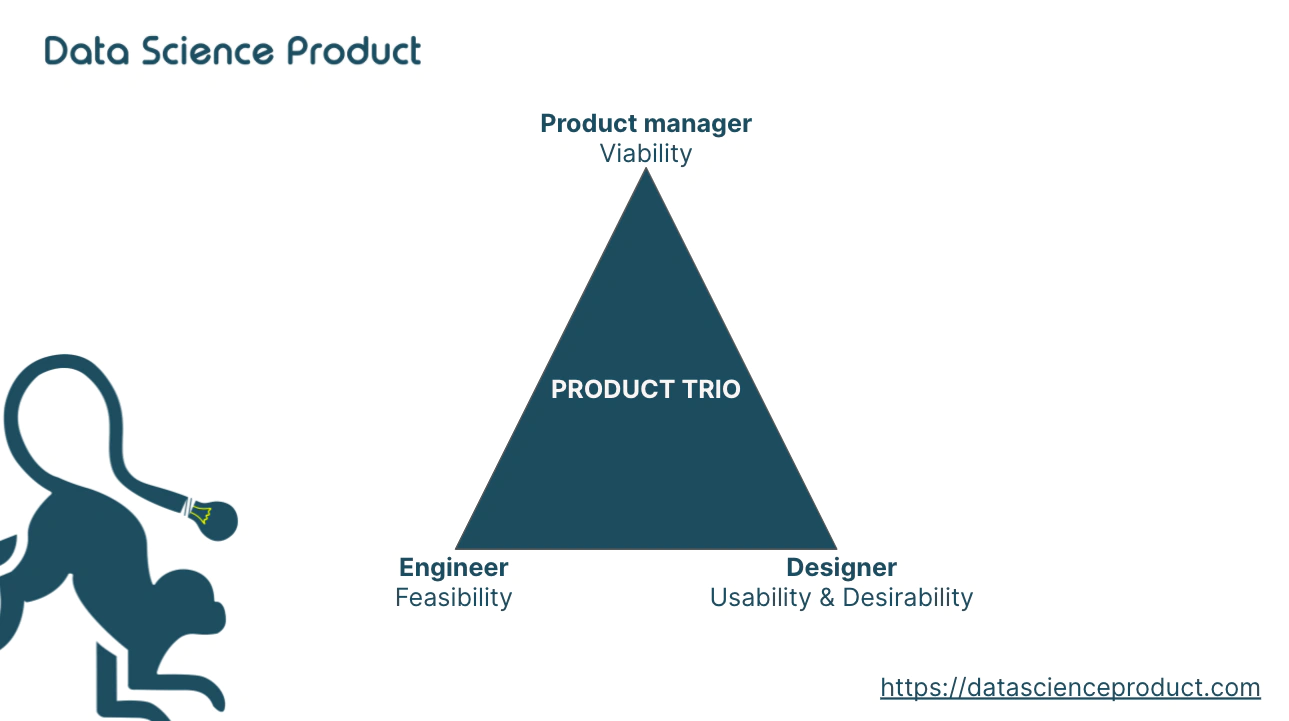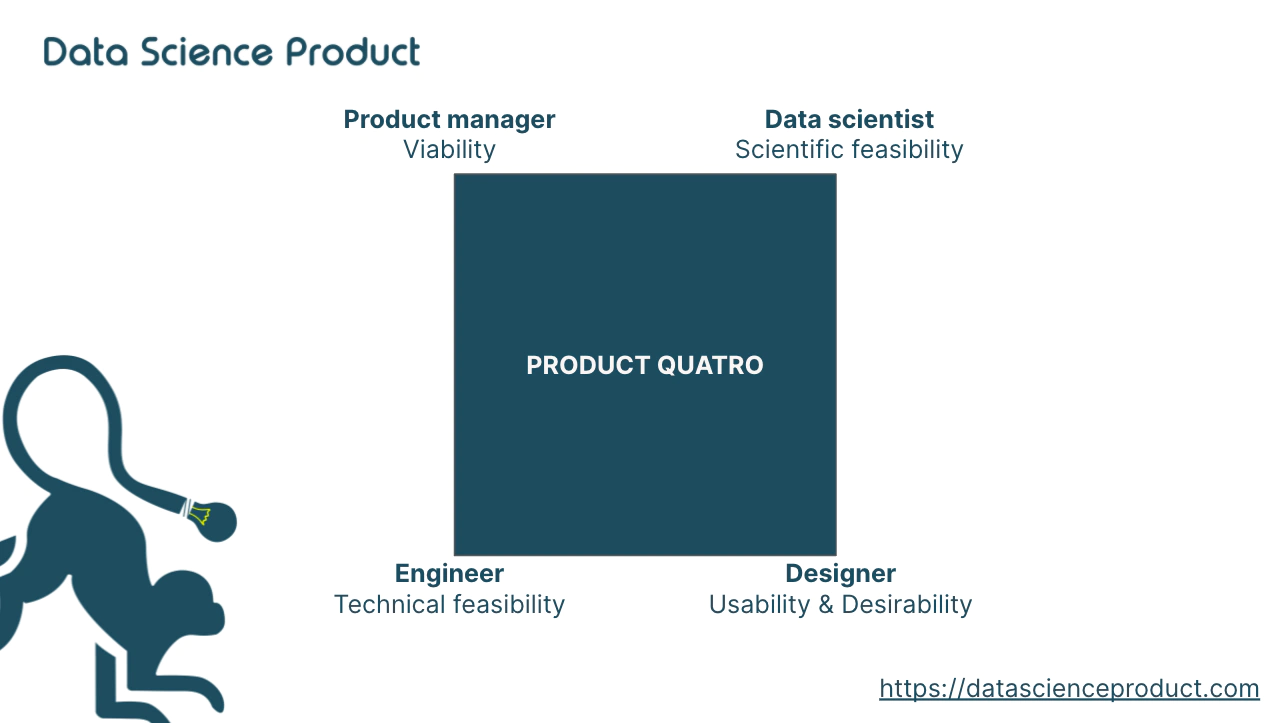
From discovery to delivering a data science product
In a first article, I introduced what data science product management was about and why it is important. In this article, I would like to introduce a …

The main idea of this article is to introduce the specificities of a data science product management approach.
TL;DR: Product management is the process of building a product taking into account business opportunities and solving end users’ problems. A product leveraging data science techniques to improve user experience requires specific approaches such as identifying and validating the benefits of a predictive model to solve a particular business challenge.
On a daily basis, whether in our professional or personal lives, talking to Siri, picking a movie to watch on Netflix, buying something on Amazon are all examples of data science being used in products. The experience is so smooth that we may have no idea that they are based on these techniques. Many industries, in various domains of activity, are using them, e.g.
Product management is the process of maximizing business value and reducing operational risks by building the right product and solving the most important end users’ problem. Product managers closely collaborate with engineers and designers to identify a solution to solve end user’s problems. This collaboration between these 3 roles (Product trio) provides different expertises and perspectives which tackles main risks of building the wrong things, such as a product:

A quote from Marty Cagan from Inspired captures this idea
Great products require an intense collaboration with design and engineering to solve real problems for your users and customers, in ways that meet the needs of your business. In each of these examples, the users had no idea the solution they fell in love with was possible.
Product manager’s role might vary across different types of industry and organization. Product managers are responsible for business outcomes by shaping the vision of what to build and why. Product managers’ core responsibilities involve critical tasks during product development lifecycle:
Data science is an interdisciplinary field that combines knowledge of mathematics (statistics,probabilities, linear algebra, …), programming skills and domain expertise to systematically extract information from data. Data Science enables a new way to provide actionable insights for users. Cassie Kozyrkov puts it in a simple word:
Data science is the discipline of making data useful.
Data scientist’s roles might also vary a lot during product development. Typical responsibilities for a data scientist are leveraging multiple data sources, transforming these data to insights through advanced analytics and statistical learning in order to solve business related problems (with the help of a data engineer). A typical day for a data scientist is made up of the following tasks:
Now that we have a clearer idea of what product management and data science are, let’s look at the intersection between the 2 disciplines
First of all, the purpose of data science product management is the same: maximizing business value and reducing operational risks by building the right product and solving the most important end users’ problem. But, building products that rely on data science techniques comes with additional challenges. This is a somewhat distinct process from building digital products. These products are not deterministic, which means they behave differently in contexts that may look similar and they make mistakes. Users are not at ease with it in most situations.
This type of product requires specific skill sets for a product manager such as:
In the same way as digital products, great data science products require an intense collaboration between design, engineering and data science to solve real problems for your users and customers, in ways that meet the needs of your business. Data scientists complete the product trio (mentioned in the first section). They bring a strong expertise in statistical modeling and data processing techniques to the team. They tackle the risk of having a solution not scientifically feasible while the engineers address the technical feasibility.
The former trio becomes a quatro.

Future articles will go into more details about problem framing, data science life cycle, user experience, testing non-deterministic features, collaboration between the 4 members of the quatro… Stay tuned!

In a first article, I introduced what data science product management was about and why it is important. In this article, I would like to introduce a …